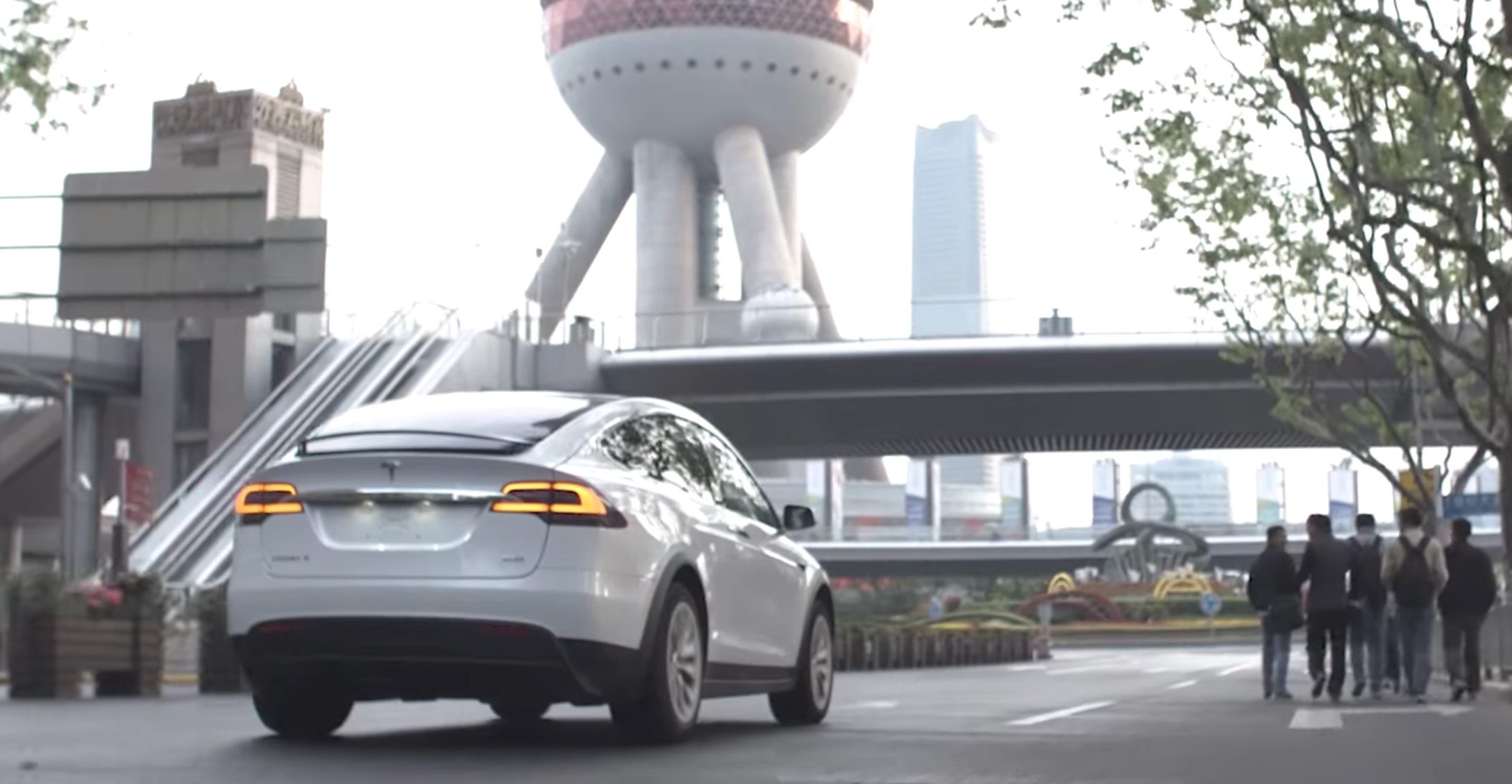
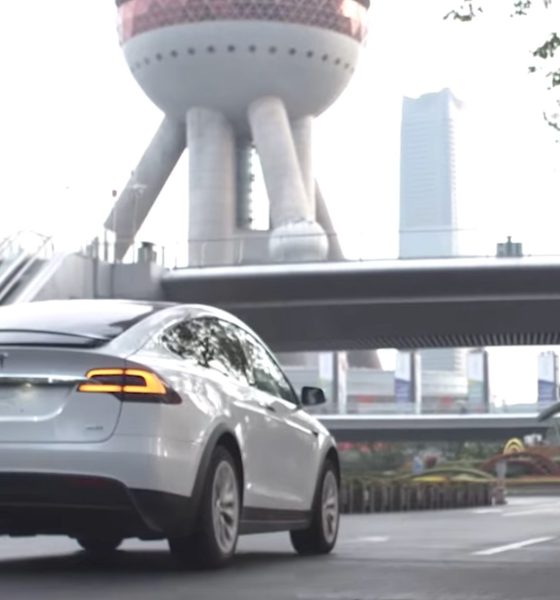
Investor's Corner
Tesla Gigafactory 3 seems to be preparing for the Model Y production ramp
There is a lot at stake riding in Tesla’s Gigafactory 3, the first facility of the electric car maker that would be established and operated in a foreign country. Giga 3 is set to be the first of Tesla’s next-generation Gigafactories as well, since the facility would be capable of producing both battery packs and electric cars on-site.
Tesla actually lucked out with Gigafactory 3, as it was able to secure a permit from the Chinese government to operate the facility without a local partner earlier this year. Tesla’s business license for the facility, which would be built in Shanghai, was granted to Tesla Motors Hong Kong Co., LLC, the electric car maker’s HK division, last May. The company also registered the capital for the Shanghai site at 100 million yuan, which corresponds to about $15.8 million. Interestingly, the initial filings of the company were absent of any references to battery production and electric car manufacturing.
That is, until now. A recent report from Sina Finance has noted that Tesla (Shanghai) Co., Ltd. recently registered a capital increase for its upcoming facility. The increase was significant, with the electric car maker now listing a capital of 4.67 billion yuan, which corresponds to about $680 million. Tesla Shanghai also revised its filings for the facility, mentioning references to battery separators, battery management systems, as well as electric car components such as powertrains and other electronic devices that are utilized in the company’s vehicles.
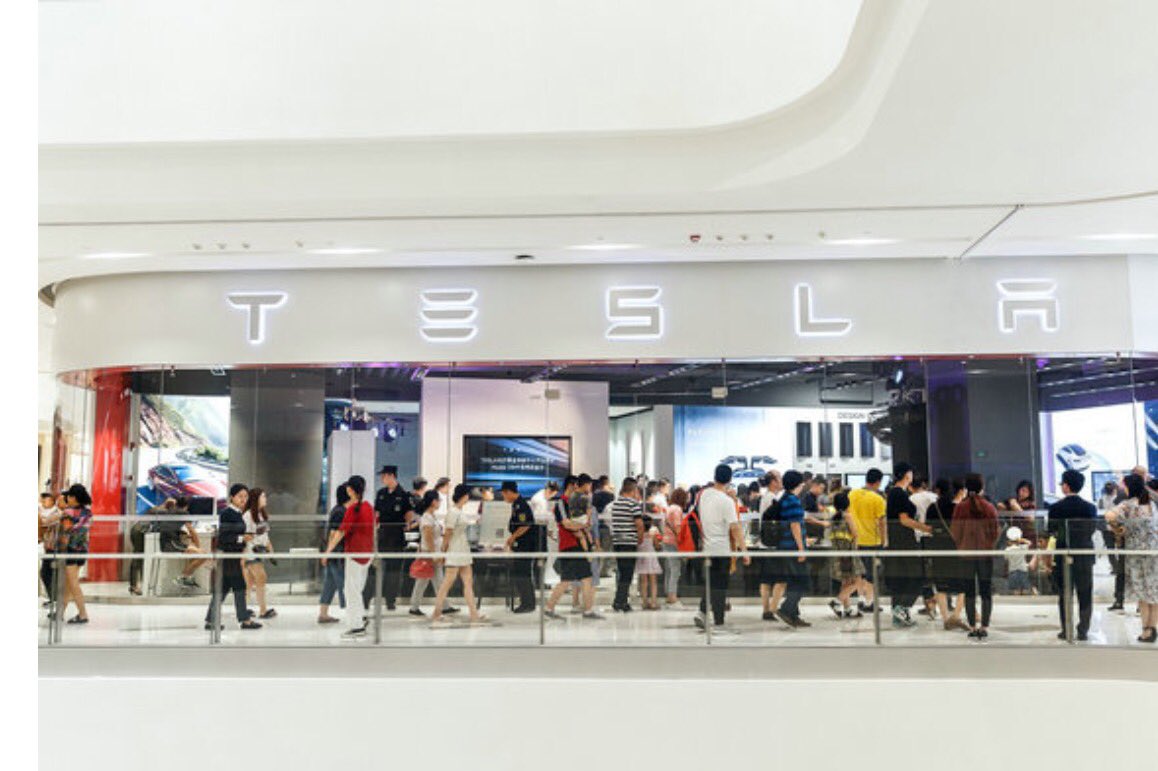
Tesla’s Gigafactory 3 would likely rival Gigafactory 1 in size once it’s completed, especially considering that the Shanghai-based facility will be producing both batteries and electric cars. Despite this, Elon Musk noted in the company’s Q2 2018 earnings call that Giga 3 would likely not cost as much as Gigafactory 1, which is expected to cost up to $5 billion once it’s complete. Musk’s initial estimate for Giga 3 is $2 billion, on account of optimizations that it learned from the Model 3 ramp.
“With respect to Gigafactory CapEx, I think we learned a tremendous amount with Gigafactory 1, and we’re confident that we can do the Gigafactory in China for a lot less. I think it’s probably closer to — this is just a guess, but probably closer to $2 billion, and that should be at a higher — and that would be sort of at the 250,000-vehicle per year rate. So I think we can be a lot more efficient with CapEx, and that would include at least a factory module and pack production, body shop, paint shop, and general assembly. Might even be less than that, but that’s about the right number for that,” Musk said.
A reporter from Beijing Business Daily noted that with the revised capital, around 30% of the funds are now ready for Tesla’s Shanghai Gigafactory. Perhaps even more notable were reports that the Shanghai government is assisting Tesla to obtain loans from Chinese banks to fund the construction of the facility.
It should be noted that Gigafactory 3 does not need to be fully completed before the facility could start building battery packs and electric cars. Gigafactory 1, for example, is less than 30% complete, but it is already supporting the demand for battery packs and powertrains from the Model 3 production ramp. The Model 3’s current production pace is no joke, either, as the company is reportedly on track to building at least 50,000 Model 3 this quarter.
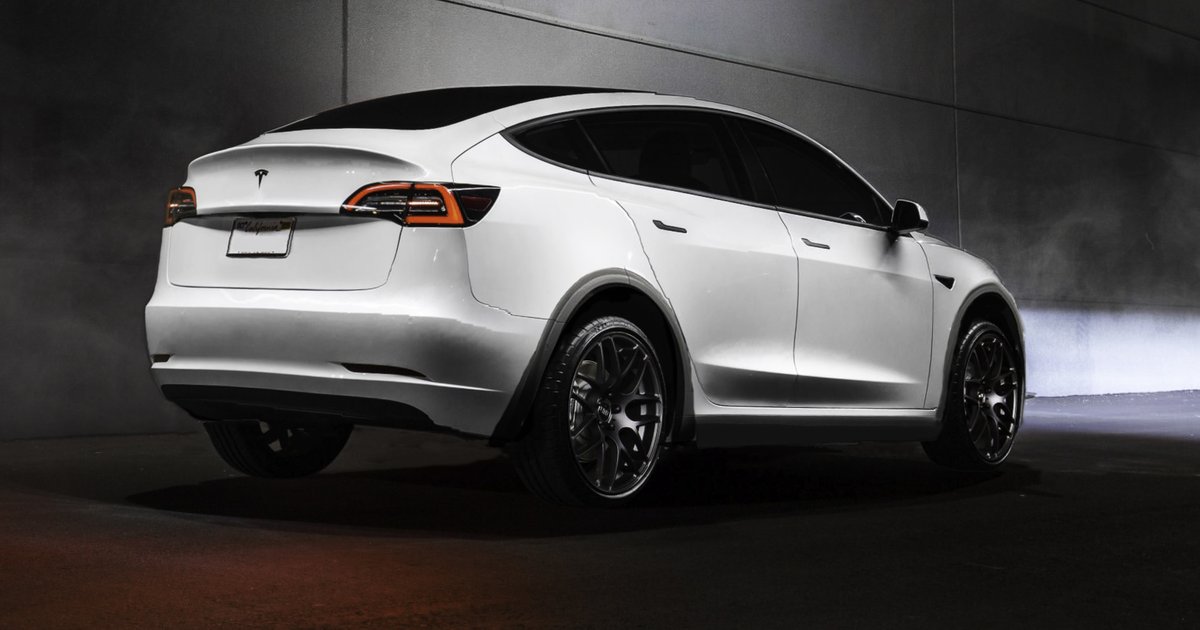
With this in mind, Tesla only needs to get critical portions of Gigafactory 3 working before the facility could start producing vehicles. Such a strategy actually taps into a particularly impressive expertise of the country’s workforce, considering that China’s builders are proficient in quickly constructing modular structures. This type of construction was showcased by the country’s workforce when it completed the construction of a 57-story skyscraper in just 19 days back in 2015. If Tesla opts to adopt a similar construction method for Gigafactory 3, the facility could come alive well in time for the production of the company’s next big vehicle — the Tesla Model Y.
Elon Musk has noted that the Model Y would likely be built sometime next year. Being a crossover SUV, the Model Y would compete in one of the auto industry’s most competitive markets. The Model Y is expected to have a demand of up to 1 million vehicles per year, making it even more popular than the Model 3. Tesla has been quite tight-lipped about the facility where the Model Y would be constructed. Considering Tesla’s updates with Gigafactory 3, as well as Elon Musk’s past statements about the Model Y being built in China; there is a good chance that Giga 3’s vehicle production lines would likely be designed for the electric crossover.
Back in July, Tesla noted that it expects Gigafactory 3’s vehicle production to start roughly two years after construction begins. In true Tesla fashion, the company intends to ramp the facility’s production rate to 500,000 vehicles per year within 2-3 years. This aggressive timeline has been met by doubts in the United States, with Consumer Edge Research senior auto analyst James Albertine dubbing the company’s targets as “not feasible.” Fortunately for Tesla, its is a company that operates best when it is proving its skeptics wrong.

Investor's Corner
Tesla analyst maintains $500 PT, says FSD drives better than humans now
The team also met with Tesla leaders for more than an hour to discuss autonomy, chip development, and upcoming deployment plans.

Tesla (NASDAQ:TSLA) received fresh support from Piper Sandler this week after analysts toured the Fremont Factory and tested the company’s latest Full Self-Driving software. The firm reaffirmed its $500 price target, stating that FSD V14 delivered a notably smooth robotaxi demonstration and may already perform at levels comparable to, if not better than, average human drivers.
The team also met with Tesla leaders for more than an hour to discuss autonomy, chip development, and upcoming deployment plans.
Analysts highlight autonomy progress
During more than 75 minutes of focused discussions, analysts reportedly focused on FSD v14’s updates. Piper Sandler’s team pointed to meaningful strides in perception, object handling, and overall ride smoothness during the robotaxi demo.
The visit also included discussions on updates to Tesla’s in-house chip initiatives, its Optimus program, and the growth of the company’s battery storage business. Analysts noted that Tesla continues refining cost structures and capital expenditure expectations, which are key elements in future margin recovery, as noted in a Yahoo Finance report.
Analyst Alexander Potter noted that “we think FSD is a truly impressive product that is (probably) already better at driving than the average American.” This conclusion was strengthened by what he described as a “flawless robotaxi ride to the hotel.”
Street targets diverge on TSLA
While Piper Sandler stands by its $500 target, it is not the highest estimate on the Street. Wedbush, for one, has a $600 per share price target for TSLA stock.
Other institutions have also weighed in on TSLA stock as of late. HSBC reiterated a Reduce rating with a $131 target, citing a gap between earnings fundamentals and the company’s market value. By contrast, TD Cowen maintained a Buy rating and a $509 target, pointing to strong autonomous driving demonstrations in Austin and the pace of software-driven improvements.
Stifel analysts also lifted their price target for Tesla to $508 per share over the company’s ongoing robotaxi and FSD programs.
Investor's Corner
Tesla wins $508 price target from Stifel as Robotaxi rollout gains speed
The firm cited meaningful progress in Tesla’s robotaxi roadmap, ongoing Full Self-Driving enhancements, and the company’s long-term growth initiatives.

Tesla received another round of bullish analyst updates this week, led by Stifel, raising its price target to $508 from $483 while reaffirming a “Buy” rating. The firm cited meaningful progress in Tesla’s robotaxi roadmap, ongoing Full Self-Driving enhancements, and the company’s long-term growth initiatives.
Robotaxi rollout, FSD updates, and new affordable cars
Stifel expects Tesla’s robotaxi fleet to expand into 8–10 major metropolitan areas by the end of 2025, including Austin, where early deployments without safety drivers are targeted before year-end. Additional markets under evaluation include Nevada, Florida, and Arizona, as noted in an Investing.com report. The firm also highlighted strong early performance for FSD Version 14, with upcoming releases adding new “reasoning capabilities” designed to improve complex decision-making using full 360-degree vision.
Tesla has also taken steps to offset the loss of U.S. EV tax credits by launching the Model Y Standard and Model 3 Standard at $39,990 and $36,990, Stifel noted. Both vehicles deliver more than 300 miles of range and are positioned to sustain demand despite shifting incentives. Stifel raised its EBITDA forecasts to $14.9 billion for 2025 and $19.5 billion for 2026, assigning partial valuation weightings to Tesla’s FSD, robotaxi, and Optimus initiatives.
TD Cowen also places an optimistic price target
TD Cowen reiterated its Buy rating with a $509 price target after a research tour of Giga Texas, citing production scale and operational execution as key strengths. The firm posted its optimistic price target following a recent Mobility Bus tour in Austin. The tour included a visit to Giga Texas, which offered fresh insights into the company’s operations and prospects.
Additional analyst movements include Truist Securities maintaining its Hold rating following shareholder approval of Elon Musk’s compensation plan, viewing the vote as reducing leadership uncertainty.
@teslarati Tesla Full Self-Driving yields for pedestrians while human drivers do not…the future is here! #tesla #teslafsd #fullselfdriving ♬ 2 Little 2 Late – Levi & Mario
Investor's Corner
Tesla receives major institutional boost with Nomura’s rising stake
The move makes Tesla Nomura’s 10th-largest holding at about 1% of its entire portfolio.
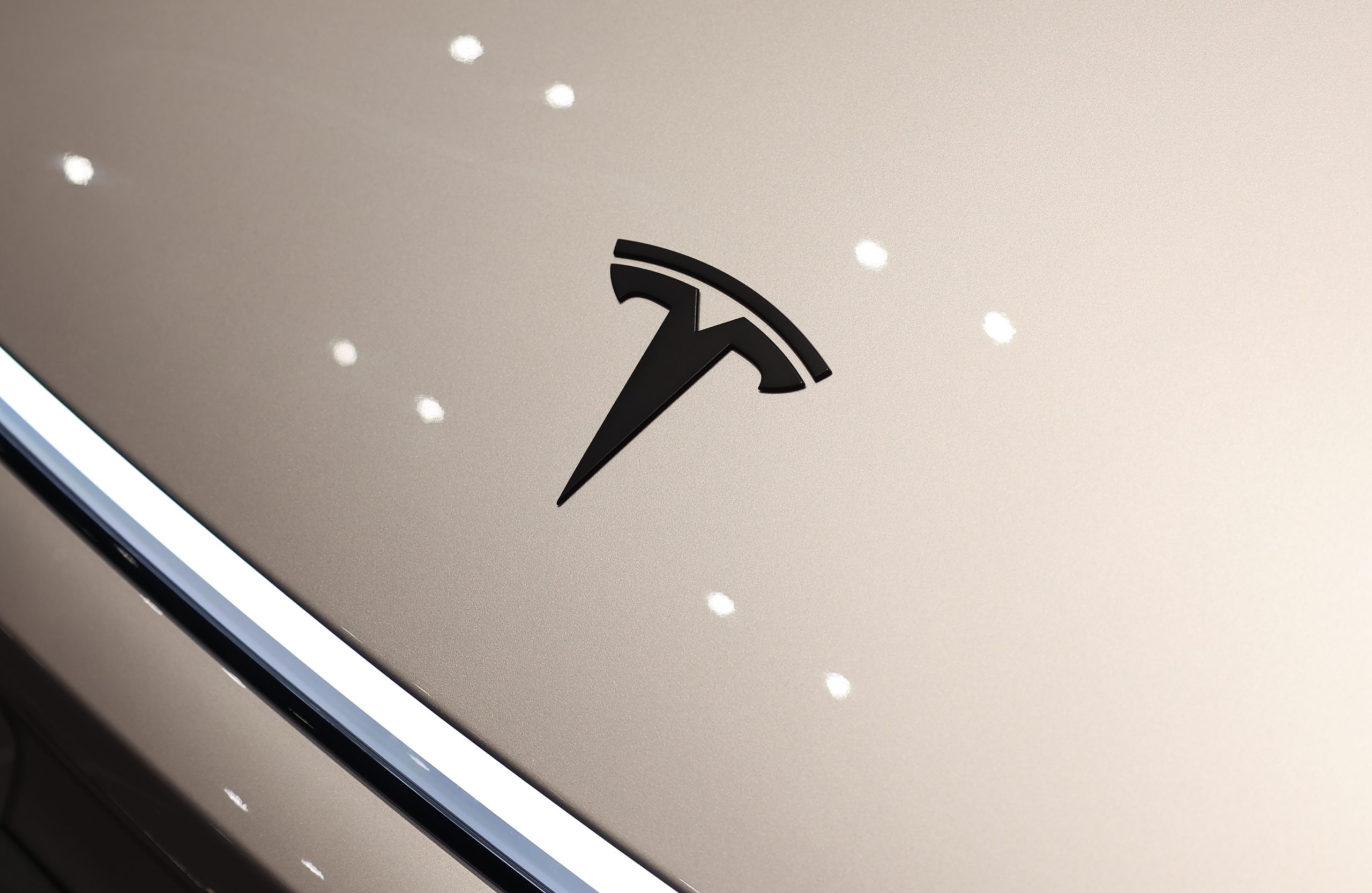
Tesla (NASDAQ:TSLA) has gained fresh institutional support, with Nomura Asset Management expanding its position in the automaker.
Nomura boosted its Tesla holdings by 4.2%, adding 47,674 shares and bringing its total position to more than 1.17 million shares valued at roughly $373.6 million. The move makes Tesla Nomura’s 10th-largest holding at about 1% of its entire portfolio.
Institutional investors and TSLA
Nomura’s filing was released alongside several other fund updates. Brighton Jones LLC boosted its holdings by 11.8%, as noted in a MarketBeat report, and Revolve Wealth Partners lifted its TSLA position by 21.2%. Bison Wealth increased its Tesla stake by 52.2%, AMG National Trust Bank increased its position in shares of Tesla by 11.8%, and FAS Wealth Partners increased its TSLA holdings by 22.1%. About 66% of all outstanding Tesla shares are now owned by institutional investors.
The buying comes shortly after Tesla reported better-than-expected quarterly earnings, posting $0.50 per share compared with the $0.48 consensus. Revenue reached $28.10 billion, topping Wall Street’s $24.98 billion estimate. Despite the earnings beat, Tesla continues to trade at a steep premium relative to peers, with a market cap hovering around $1.34 trillion and a price-to-earnings ratio near 270.
Recent insider sales
Some Tesla insiders have sold stock as of late. CFO Vaibhav Taneja sold 2,606 shares in early September for just over $918,000, reducing his personal stake by about 21%. Director James R. Murdoch executed a far larger sale, offloading 120,000 shares for roughly $42 million and trimming his holdings by nearly 15%. Over the past three months, Tesla insiders have collectively sold 202,606 shares valued at approximately $75.6 million, as per SEC disclosures.
Tesla is currently entering its next phase of growth, and if it is successful, it could very well become the world’s most valuable company as a result. The company has several high-profile projects expected to be rolled out in the coming years, including Optimus, the humanoid robot, and the Cybercab, an autonomous two-seater with the potential to change the face of roads across the globe.
@teslarati Tesla Full Self-Driving yields for pedestrians while human drivers do not…the future is here! #tesla #teslafsd #fullselfdriving ♬ 2 Little 2 Late – Levi & Mario








